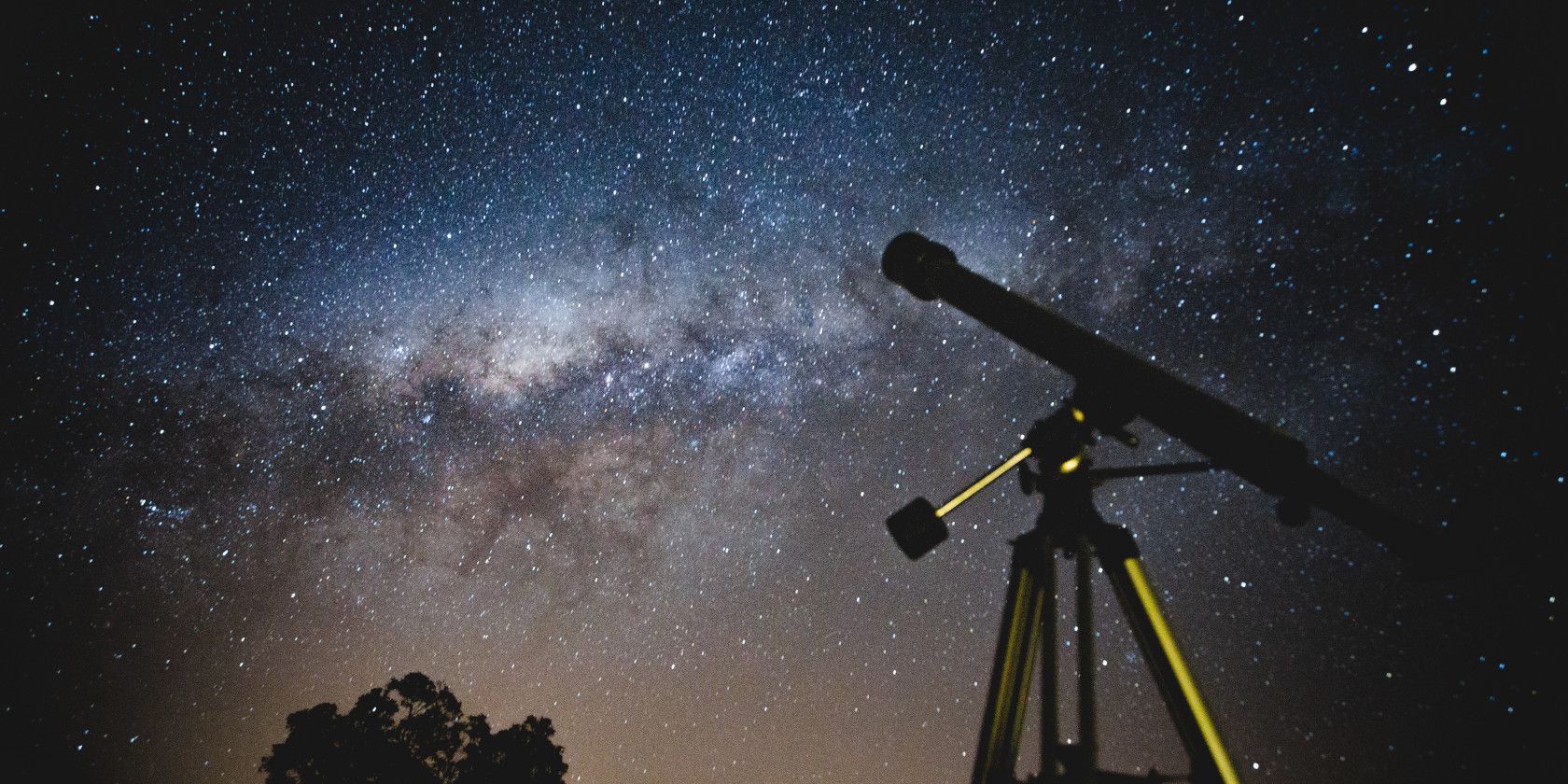What was the first object in space to be successfully photographed?
The Moon, way back in 1840. Monkey see, monkey do.
Astrophotography makes the wonder of our natural world accessible to the layman. It offers a glimpse into the heavens above, bringing us closer to what compels the greatest minds of every era to look upward in awe.
Humbling? Absolutely. How do astrophotographers break the barriers that limit our terrestrial field of view to a swath of velvety darkness, each astronomical body reduced to a pinprick of light?
The History of Space Photography
With the twentieth century came the advent of telescopes far beyond the capabilities of anything that came before. The space-age created a frenzy culturally, whetting the public’s appetite for the full disclosure on what’s out there. NASA was more than happy to oblige.
The iconic Blue Marble image, depicting the Earth at a distance in all of its glory, was taken by the Apollo 17 crew as they careened upward toward their lunar destination on December 7th, 1972. It was captured with a Hasselblad camera mounted with an 80mm Zeiss lens, unscheduled and in the heat of the moment.
Since then, many unmanned endeavors have contributed to our library of out-of-this-world astrophotography. Probably the most widely-known and beloved of NASA’s current arsenal is the Hubble space telescope, outfitted with several tools used to probe and inquire optically. Able to capture images unmarred by Earth’s atmosphere, it has been providing us with haunting images of what surrounds us since 1990.
The Wide Field Camera, or WFC3 for short, is capable of gleaning images of visible light and ultraviolet and infrared radiation. Its Cosmic Origins Spectrograph, also known as the COS, specializes in ultraviolet light specifically. Distant quasars and images of faraway galaxies in motion are brought to life in a way that we would never be able to appreciate otherwise.
Looking far into the future of our universe, the Advanced Camera for Surveys, the ACS, is used to study the furthest and most remote corners of deep space. It is a highly sensitive piece of equipment capable of detecting dark matter, showing us the terrifying reality stretching far beyond anything we see here on Earth.
Since those early forays, big tech’s role in the space race has only become more prominent. What does the future hold for us?
The Tech Behind NASA’s Space Photography
The latest in the NASA space photography saga are new photos from the THEMIS program, made possible with the help of the Mars Odyssey orbiter. This thermal imaging system is currently devoted to studying mineral distribution on the surface of Mars.
No matter what era you happen to be studying, you will find several core tenets backing the technology of space photography at every intersection. So, how does NASA take photos of space?
Types of Space Photography
There are a few go-to methods when taking photos of the universe. As with any type of photography, a long lens (in these cases, a telescope) is needed to magnify distant objects that we have no way of closing in on physically.
In Prime Focus Photography, the length of the telescope stands in as the focal length of the image. What is seen through the telescope is projected directly onto the CCD of the camera, magnified accordingly depending on the dimensions of the sensor.
For reference, a CCD (charge-coupled device) serves as the “slide of film” in a digital camera. This is where the photosensitive sensors in a digital camera connect to the integrated circuit that interprets them and produces the image.
Positive Projection is best for lunar and planetary photography. An intervening, divergent lens, often called an “eyepiece,” stands between the CCD and the focal plane of the inwardly convergent lens of the telescope, blowing the resulting image up without compromising detail or quality.
How? The “cone” of incoming light is interrupted before converging to a single point at the plane of photography. The resulting image is projected to a scale much larger relative to the dimensions of the camera’s sensor than it would be otherwise.
Negative Projection is in the same vein—the divergent lens separating the convergent telescope lens from the camera is replaced, however, with another convergent lens, also known as a Barlow lens. This decreases the focal length of the image, bringing the effective point of convergence closer to the elements of the lenses themselves.
This preserves the power of the system without cropping the image that results. A “wider” field of view can be enjoyed with an intensity equal to the unmagnified image that distances us from the subject.
Infrared Space Photography
Why use infrared technology? It allows us to “see” the hidden bodies normally obscured by clouds of particles. The heat and the radiation from these bodies penetrate the clouds of debris, although not in any way that we would be able to see on our own.
Our eyes deal with the spectrum of visible light exclusively. Anything falling outside of this range, such as ultraviolet rays or X-rays, will not convey anything to these primitive instruments of perception. In fact, it can be said that these areas of the electromagnetic spectrum have no color to them at all. Infrared radiation can be counted among them.
The infrared light that photos of this nature capture are assigned color artificially, giving us a glimpse into the cosmos but not what would actually be seen in a strictly human sense. The information gathered amounts to a heat map, with warmer subjects taking on one hue and cooler subjects another.
Compositing Photos of Outer Space
Given the width and the breadth of our extraterrestrial home, to contain the entire universe single-handedly with one shot is a tall task.
Beyond mere panoramas, these composited photos can include the same subject taken in through several filters subsequently, capturing a different type of light each time. The information is brought together to paint a picture more intimate and minute than one photo would convey alone.
Piggyback Photography
The aforementioned daguerreotype of the Moon was preceded by a less successful attempt by Daguerre himself. It was blurry due to the length of the exposure—the Moon got away from him as the camera captured the image.
Everything in space is constantly in motion, as serene and tranquil as the night sky may appear to be. Just like taking a photo at night here at home, our equipment must compensate for the conditions that these distant and dim vistas present us with.
To sit around and wait out the required exposure length, these rare and exotic objects and events demand would be foolhardy; they would pass us right by, amounting to no more than an illegible mess.
Compensating for the movement of celestial bodies in a more direct sense, telescopic cameras attached to automated equatorial mounts move the camera as it exposes the image. This equipment keeps the camera trained on the stars in front of it, allowing for a longer length of exposure that does not let the details of the scene fall into indistinct chaos.
Amateurs rejoice: there is plenty of prosumer equipment in this area available for those interested in pursuing the hobby from their own backyards.
The Future Is Out There, and We Want to See It All
SpaceX and NASA have been launching crewed missions into space for the first time in decades. With each excursion, plenty of photos are sure to make their way back to us.
As time wears onward, we will doubtlessly be privileged with images of outer space more breathtaking and awe-inspiring than anything ever seen before. For now, we wait eagerly with bated breath, taking it all in from the comfort of our own home planet.
About The Author

